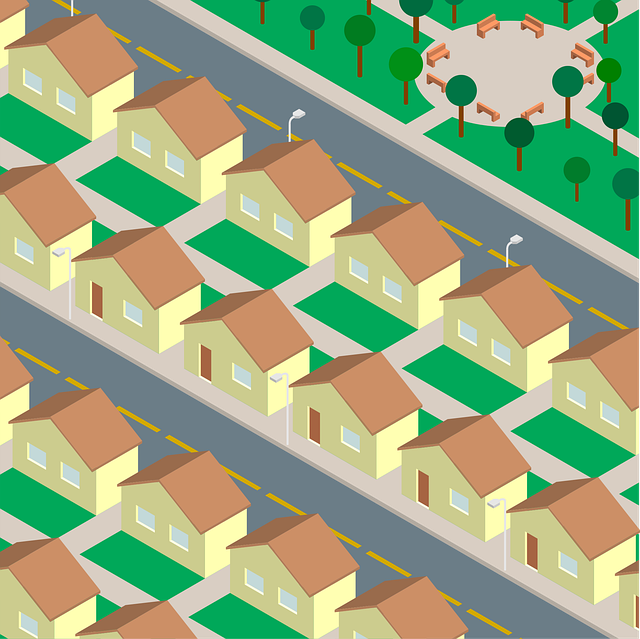
When buying your first home, excitement often leads the way—dreams of open floor plans, cozy porches, and freshly painted walls can easily steal your focus. But before you fall in love with a house, it’s crucial to ask a bigger question: Is this the right neighborhood? The truth is, even the most beautiful home can lose its charm if it’s in the wrong location. Here’s how to evaluate neighborhoods effectively—and why it matters more than you might think.
Why Neighborhood Choice Is So Important
A house is more than just the structure—it’s part of a community. The neighborhood you choose directly impacts your lifestyle, safety, property value, and overall satisfaction. Consider this: you can renovate a kitchen or update flooring, but you can’t change the school district, the traffic patterns, or your neighbors.
Safety and noise levels, for instance, can greatly influence your day-to-day peace of mind. Meanwhile, proximity to work, quality of local schools, and accessibility to amenities like grocery stores and parks all affect convenience and long-term value. Neighborhood trends also play a role: is the area improving, stagnating, or declining? These factors will determine not only your living experience but your investment’s future worth.
Suggestions For Finding the Right Neighborhood
- Spend Some Time in the Area: Try to visit the neighborhood at various times of day and on different days of the week. A neighborhood that feels peaceful at 10 a.m. on a Tuesday may be a different story on a Saturday night.
- Chat to Residents: No one is going to know a neighborhood better than those who live there. Casual conversations with neighbors can reveal insights about noise, community involvement, and general satisfaction.
- Research Local Data: Look into crime statistics, school performance ratings, and future development plans. Municipal websites, local newspapers, and planning departments can be great resources.
- Check for Red Flags: Watch for signs of neglect—boarded-up homes, excessive for-sale signs, or poorly maintained public spaces may indicate a struggling neighborhood.
- Evaluate the Commute: Try the drive or transit route to your workplace during rush hour. What looks like a short trip on a map can feel drastically different during peak times.
- Consider Long-Term Goals: Are you planning to start a family? You’ll want to look into schools and parks. Thinking about resale value? Look at neighborhood appreciation trends.
Choosing the right neighborhood is a step that deserves careful attention—arguably just as much as choosing the right house. In the end, a wise decision here will enhance your comfort, security, and financial future. Take your time, do the homework, and remember: a great home is only as great as the neighborhood it’s in.

Recent Comments